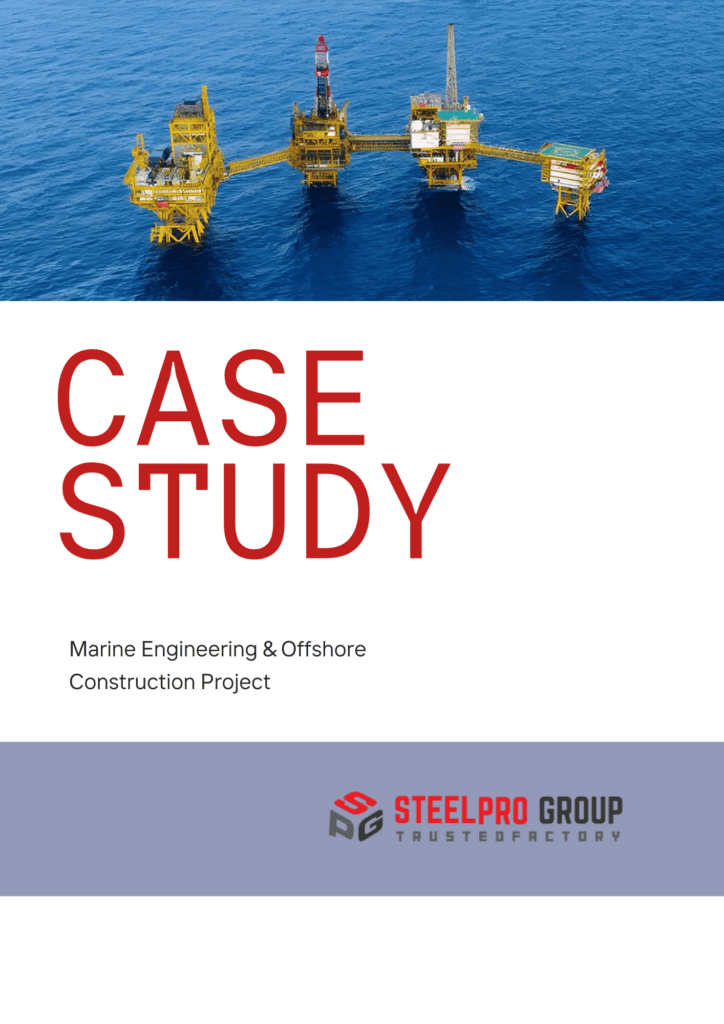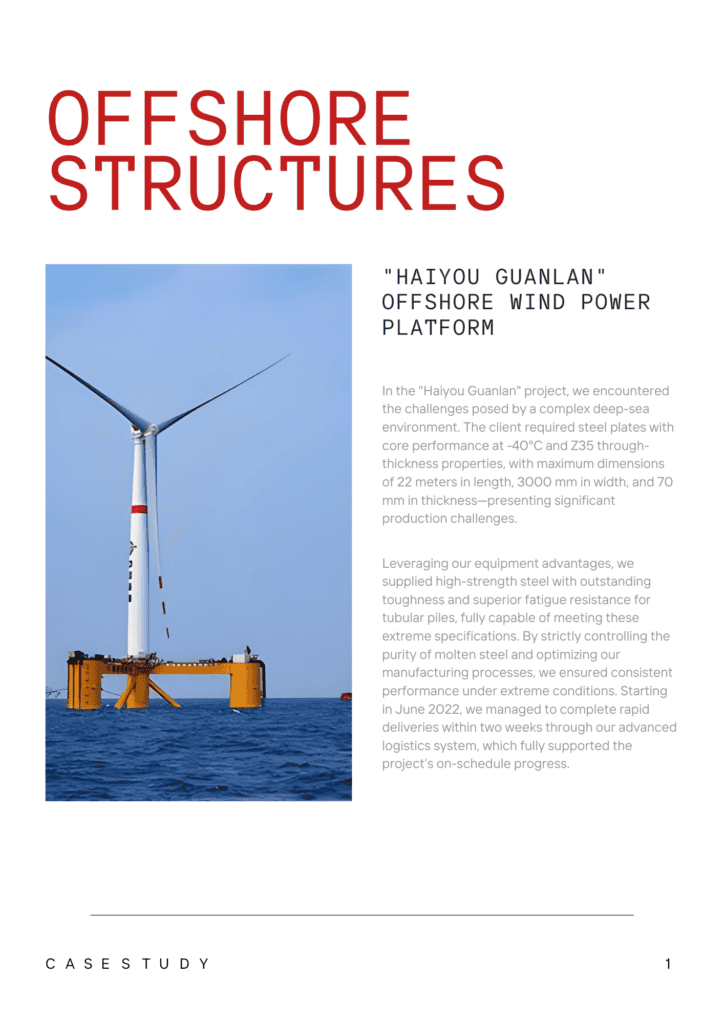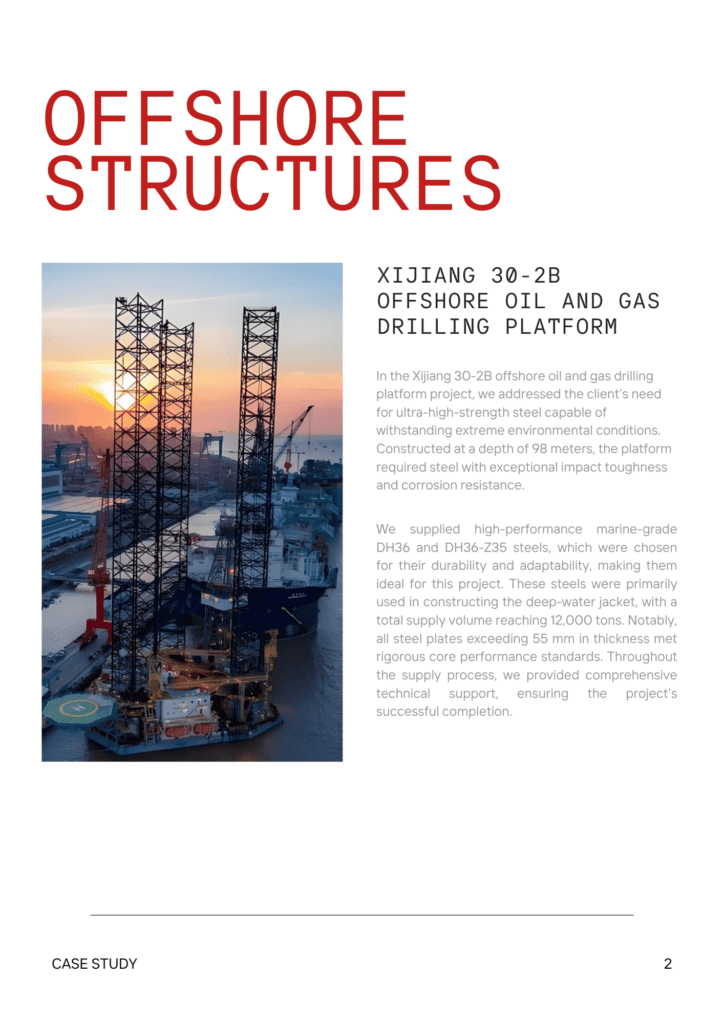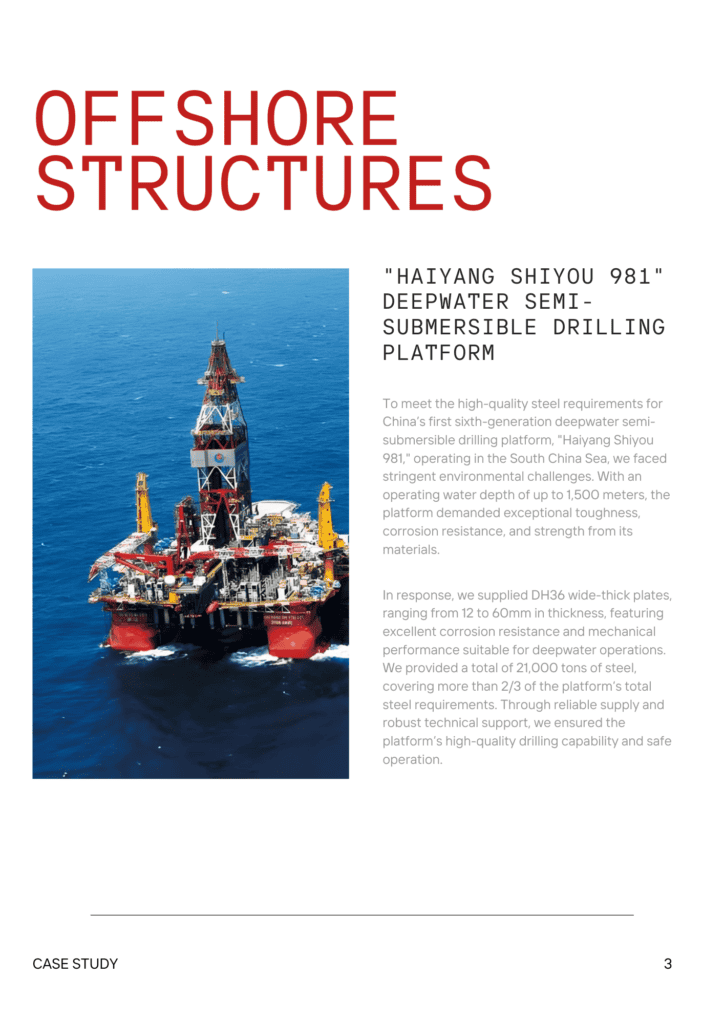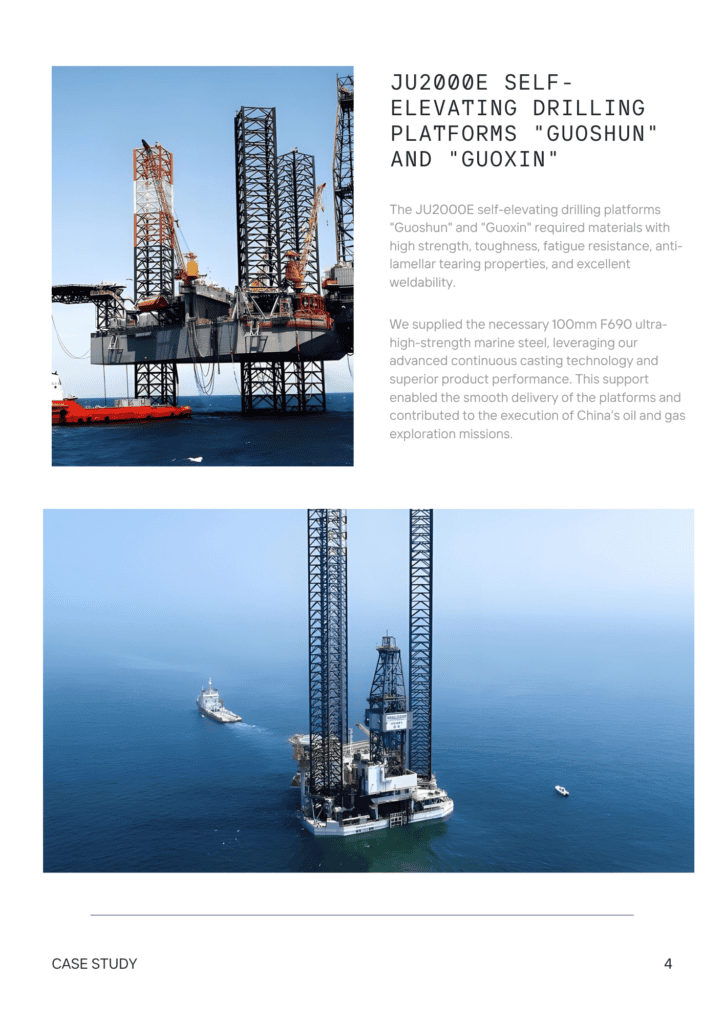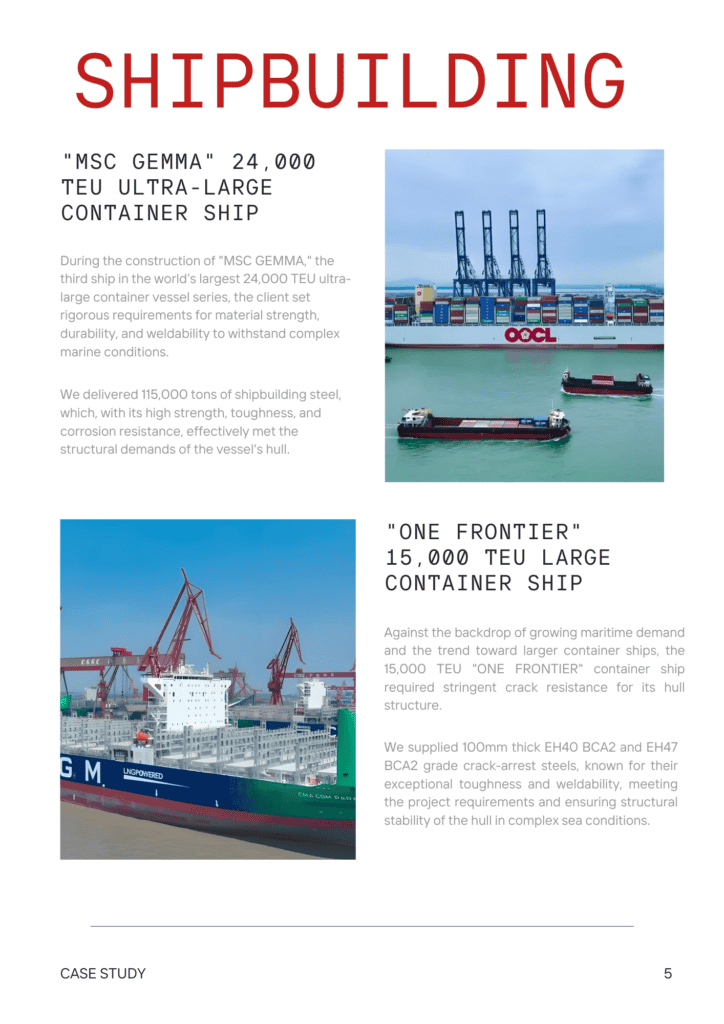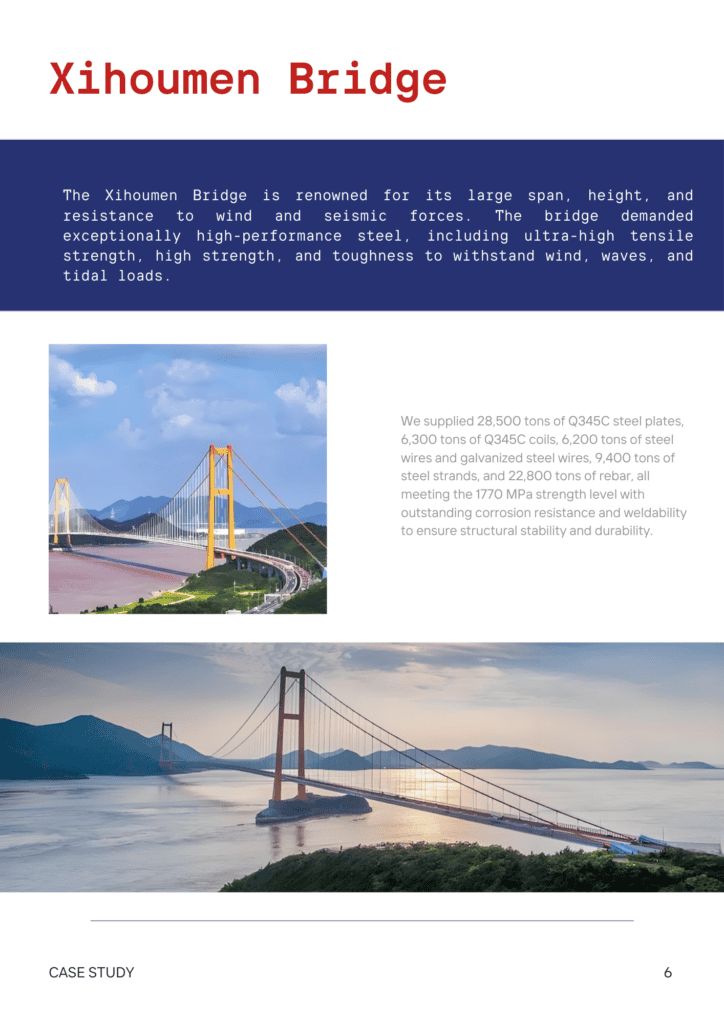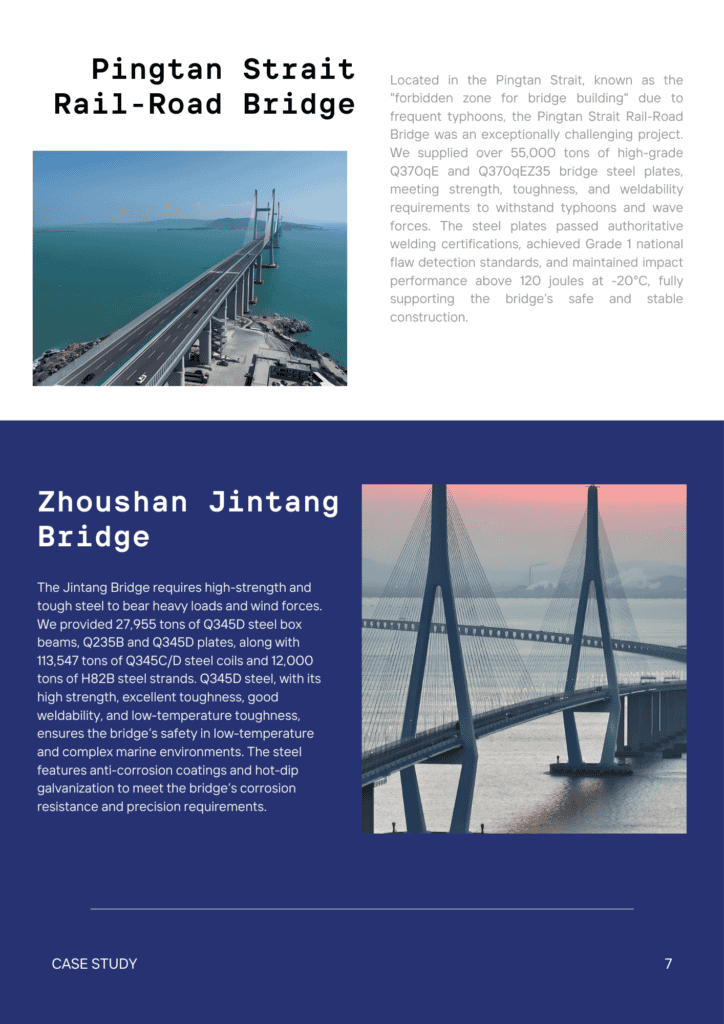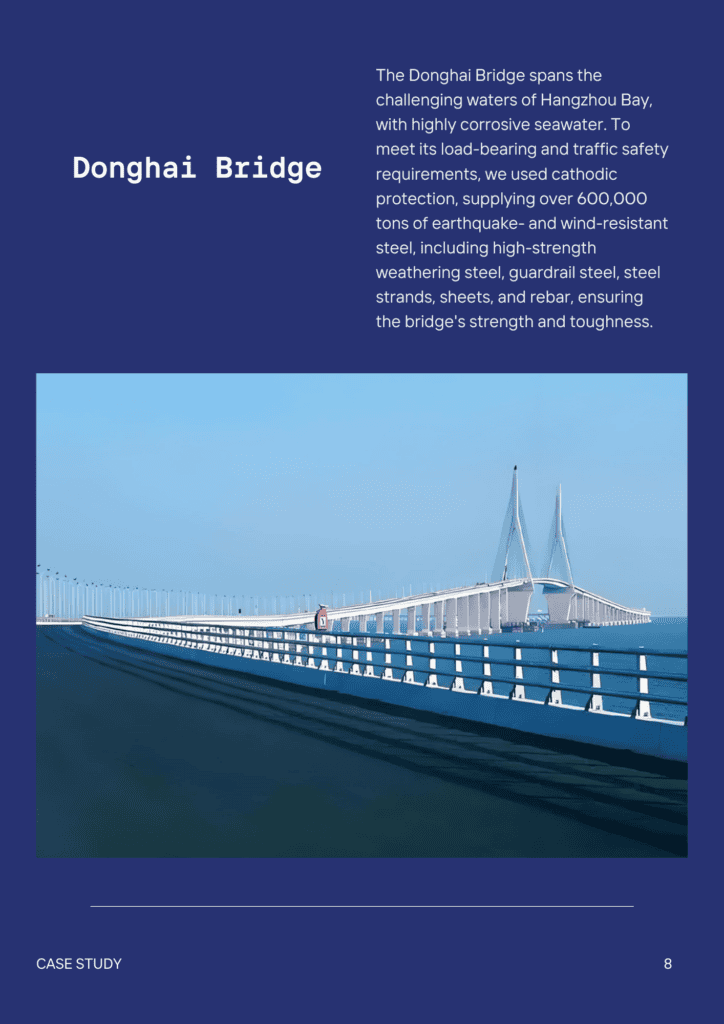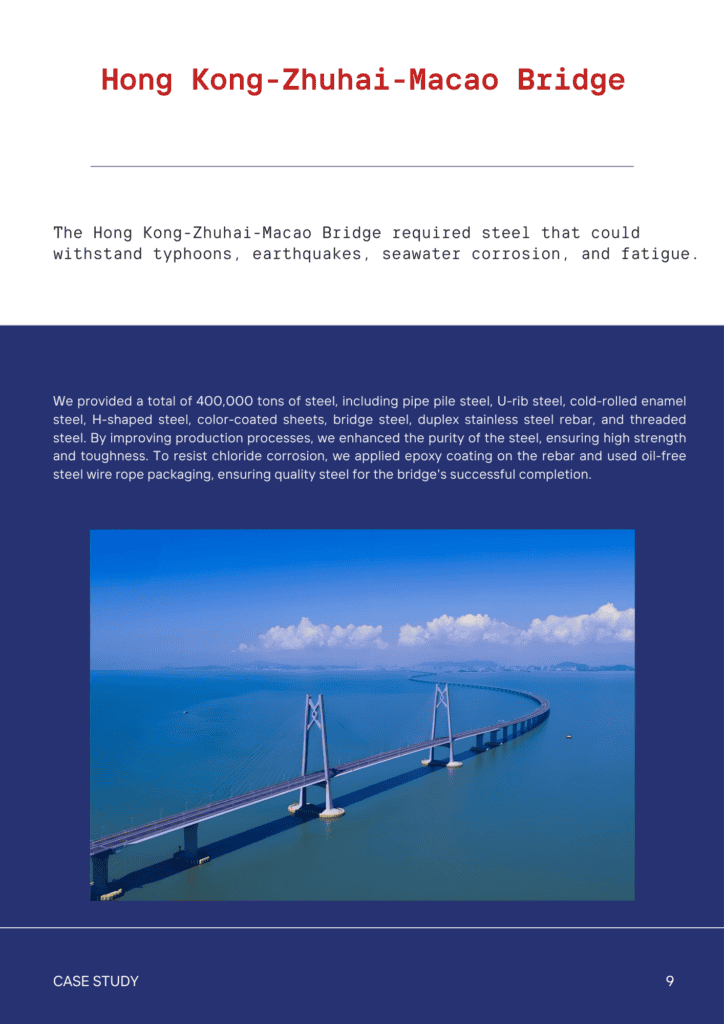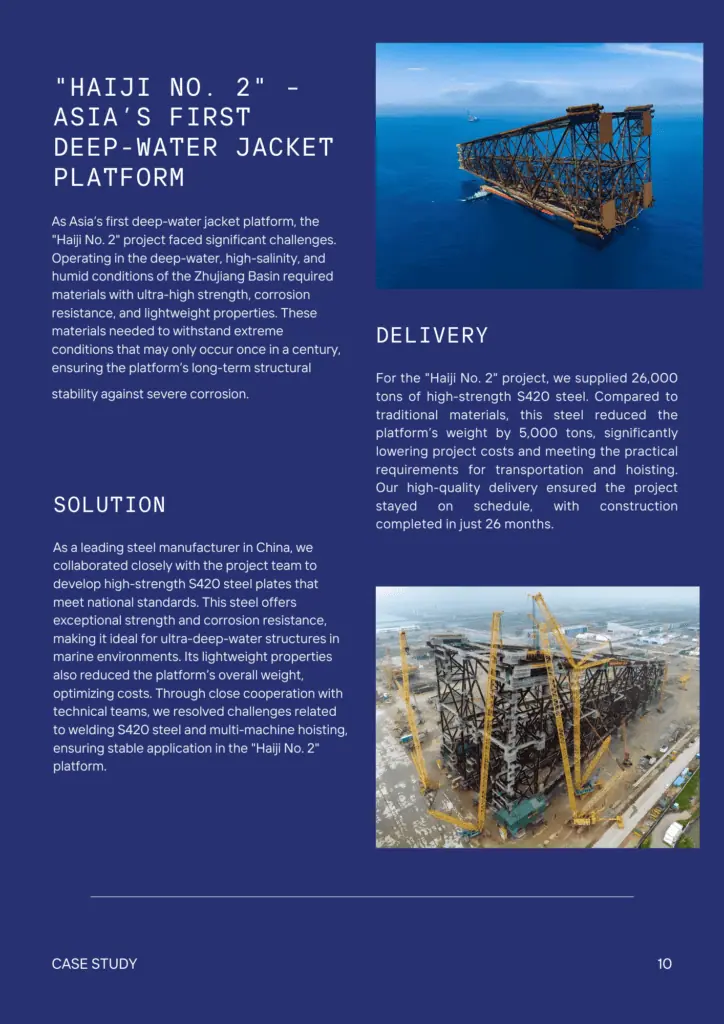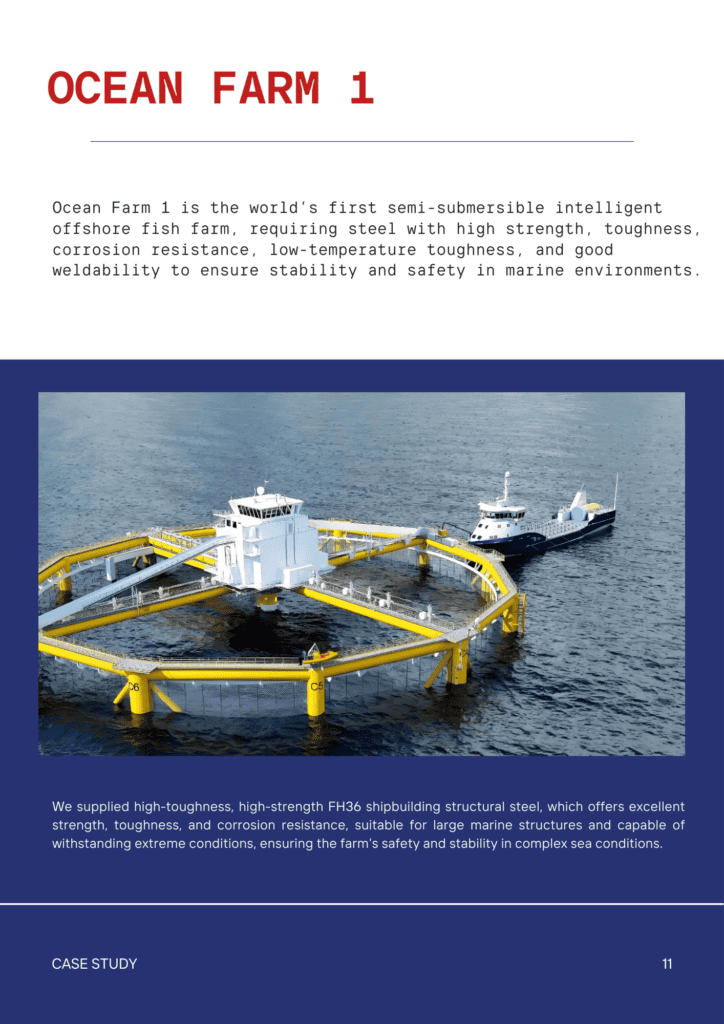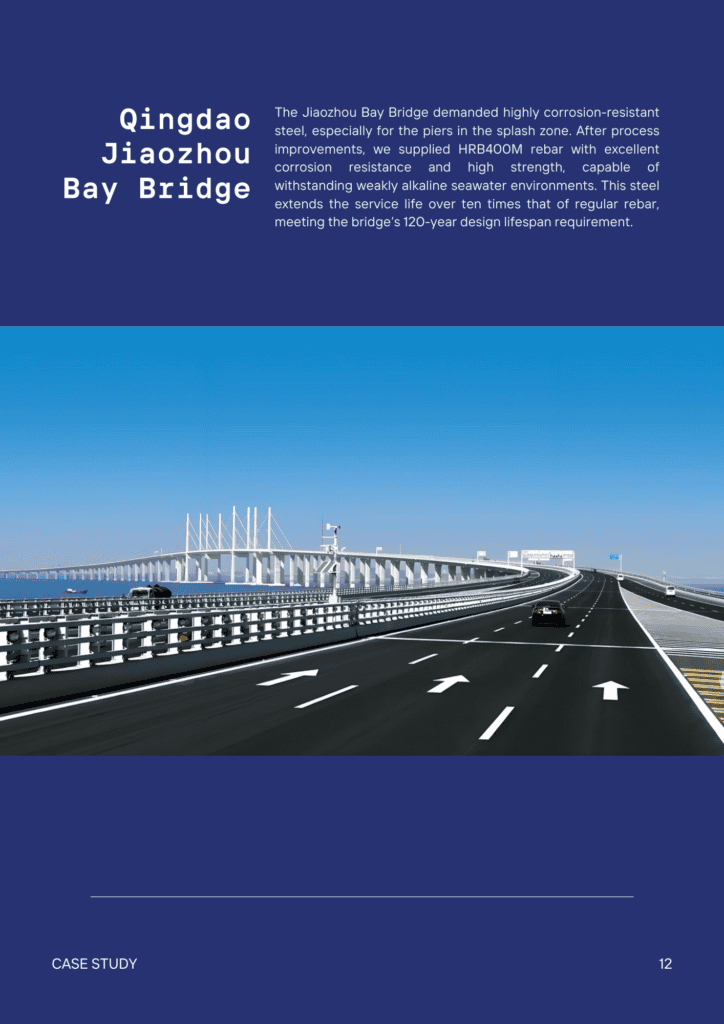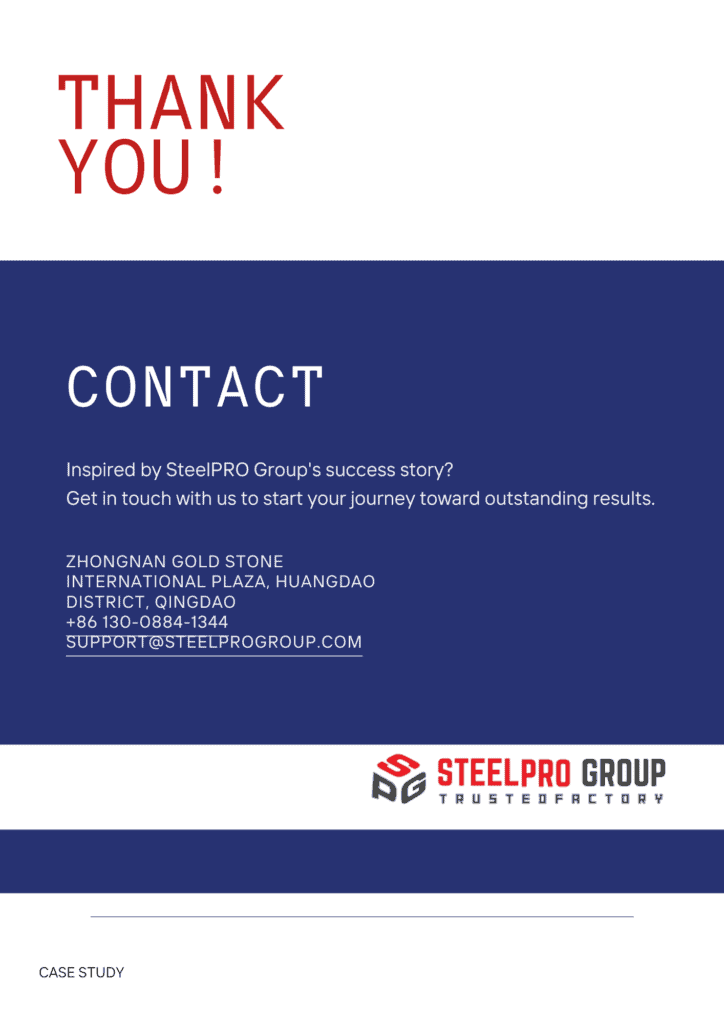Contents
Can You Weld Alloy Steel?
- John
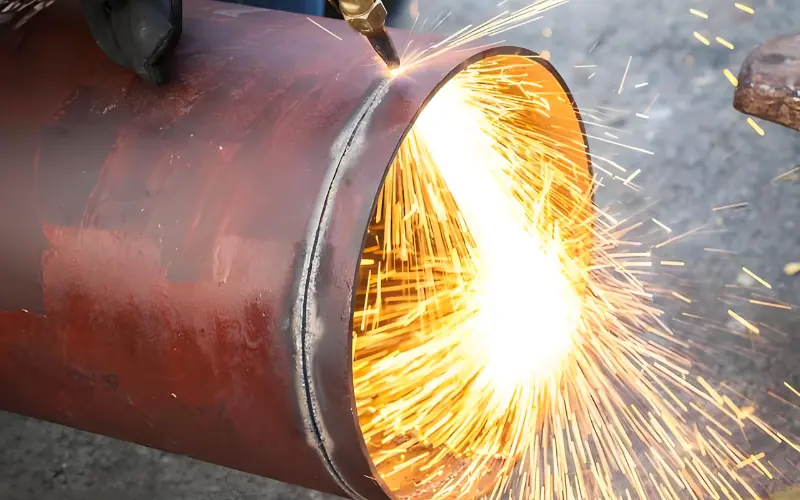
Yes, alloy steel can be welded successfully, but specialized techniques are required to ensure strong, durable welds. Due to factors like thermal sensitivity and alloy composition, welding alloy steel presents unique challenges.
At SteelPro Group, we have the expertise to tackle these challenges and deliver high-quality, code-compliant welds. This guide will walk you through the best welding methods, common obstacles, and professional solutions to help you get the best results when working with alloy steel.
What Is Alloy Steel? A Quick Overview
Alloy steel is a variety of steel that incorporates a mix of iron, carbon, and additional elements—called alloying elements—to improve its characteristics. These elements, like chromium, nickel, manganese, and vanadium, are included in precise quantities to attain specific qualities such as enhanced strength, toughness, resistance to corrosion, and durability at high temperatures.
Challenges in Welding Alloy Steel
Thermal Sensitivity
Alloy steels are sensitive to heat because of their complex composition. When exposed to high temperatures during welding, the steel expands and contracts rapidly, which can lead to cracking or distortion. This is particularly true for high-alloy steels, where the alloying elements (such as chromium and nickel) affect the steel’s behavior at elevated temperatures. This makes it essential to carefully control the heat input and cooling rates during welding to prevent damage.
Managing the heat input and cooling speed is essential to prevent thermal cracking and warping. Preheating the steel before welding can assist in minimizing thermal stress, while post-weld heat treatment (PWHT) can alleviate residual stresses and offer additional protection to the material.
Hydrogen Embrittlement
Hydrogen embrittlement occurs when hydrogen gas is absorbed into steel during welding. This weakens the material and makes it prone to cracking. This is especially problematic with high-strength alloys, which tend to absorb more hydrogen.
To minimize this risk, moisture should be kept as low as possible during the welding process. Using low-hydrogen electrodes and ensuring proper post-weld heat treatment (PWHT) can effectively reduce the chances of embrittlement and ensure the weld’s strength.
Oxidation
Welding generates high temperatures, which can cause the surface of the steel to react with oxygen, forming oxides. These oxides weaken the weld and can lead to poor bonding between the base material and the filler metal.
To protect the weld from oxidation, it is essential to clean the material before welding and use shielding gases (like argon or carbon dioxide) to shield the molten weld pool from oxygen. This helps maintain the integrity of the weld.
Variations in Weldability Due to Alloy Composition
The presence of different alloying elements in steel affects its weldability. For instance, high levels of chromium and nickel encourage the formation of austenite, which requires more precise welding techniques. Some alloy compositions may also cause the material to be more prone to cracking during welding.
Understanding the alloy composition allows welders to choose the appropriate welding method, filler material, and heat control procedures. This ensures compatibility between the base metal and the filler metal, minimizing the risk of cracks or weak welds.
Best Methods to Weld Alloy Steel
- TIG Welding (Gas Tungsten Arc Welding)
TIG welding is precise and ideal for thin sections and critical joints. It uses a non-consumable tungsten electrode and an inert gas (usually argon) to shield the weld. This technique offers precise heat control, leading to clean, high-quality welds. TIG welding is particularly beneficial for alloys used in sectors like aerospace and automotive.
- MIG Welding (Gas Metal Arc Welding)
MIG welding is fast and efficient, making it great for thicker alloy steel sections. It uses a wire electrode that melts as it is fed through the welding gun. MIG offers high deposition rates, making it suitable for manufacturing and construction projects. Although not as precise as TIG, MIG welding is highly versatile and performs effectively across various material thicknesses.
- Stick Welding (SMAW – Shielded Metal Arc Welding)
Stick welding is flexible and easily transported, making it perfect for work in open-air environments. It utilizes an electrode that is consumed during the process, coated with flux, which generates a shielding gas as it melts.
Stick welding is frequently utilized in demanding tasks such as construction and shipbuilding, where the environment can be tough. Although it may not offer the accuracy of TIG or MIG, it works well for thicker materials.
- Preheating and Post-Weld Heat Treatment (PWHT)
Alloy steel can benefit from preheating and post-weld heat treatment. Preheating helps minimize thermal shock and avoids fractures during welding. Post-weld heat treatment (PWHT) is applied after welding to alleviate stress and enhance the material’s characteristics. This process also helps reduce hydrogen embrittlement and strengthens the weld.
How to Welding Alloy Steel?
- Material Preparation
Start by cleaning the steel to remove dirt, rust, and contaminants. This guarantees a smooth surface for welding and aids in the proper adhesion of the filler material. If needed, angle the edges of the steel to enhance joint durability and penetration. Proper preparation prevents defects like porosity and weak welds.
- Selecting Filler Metals
Choose the right filler metal to match the alloy composition of the steel. The filler should have similar elements (like chromium or nickel) to maintain the strength and properties of the weld.
Additionally, consider using low-hydrogen filler metals for high-strength alloys. These additives are specifically created to minimize the likelihood of hydrogen embrittlement, which can compromise the strength of the weld and lead to cracking.
Always refer to material specifications and welding procedures to select the best filler metal for your alloy steel.
- Controlling Heat Input and Interpass Temperatures
Controlling the heat is essential to prevent distortion, cracking, or damage to the steel’s microstructure. Too much heat can weaken the weld. Monitor the heat input closely and control the temperature between welding passes. Keeping the heat within the recommended range helps maintain weld quality and prevents stress.
- Post-Weld Inspections
After welding, inspect the weld for quality and integrity. Nondestructive testing (NDT) methods, such as X-ray or ultrasonic testing, can detect internal defects such as cracks or voids. Visual inspection checks for external issues like porosity or incomplete fusion.
- Post-Weld Heat Treatment (PWHT)
In some cases, after welding, alloy steel may require post-weld heat treatment (PWHT). It’s important to check the material’s specifications and follow recommended procedures to determine if PWHT is necessary.
Common Applications of Welded Alloy Steel
- Oil and Gas Pipelines: Strong, leak-free joints for high-pressure pipelines.
- Heavy Machinery Components: Durable parts like gears and shafts for construction and mining machinery.
- Aerospace and Defense: Precision components like landing gear and engine parts for aircraft and military vehicles.
SteelPro Group provides alloy steel with welding solutions for these industries, ensuring high-quality, reliable performance.
High-Quality Alloy Steel Supply with Optional Welding Services
For professional-grade alloy steel welding services, trust SteelPro Group. We specialize in providing high-quality alloy steel like 4140, 4130 in different forms. Our certified welders and advanced equipment guarantee top-quality results for your projects.
Contact SteelPro Group today for your alloy steel needs and to learn more about our welding services.



